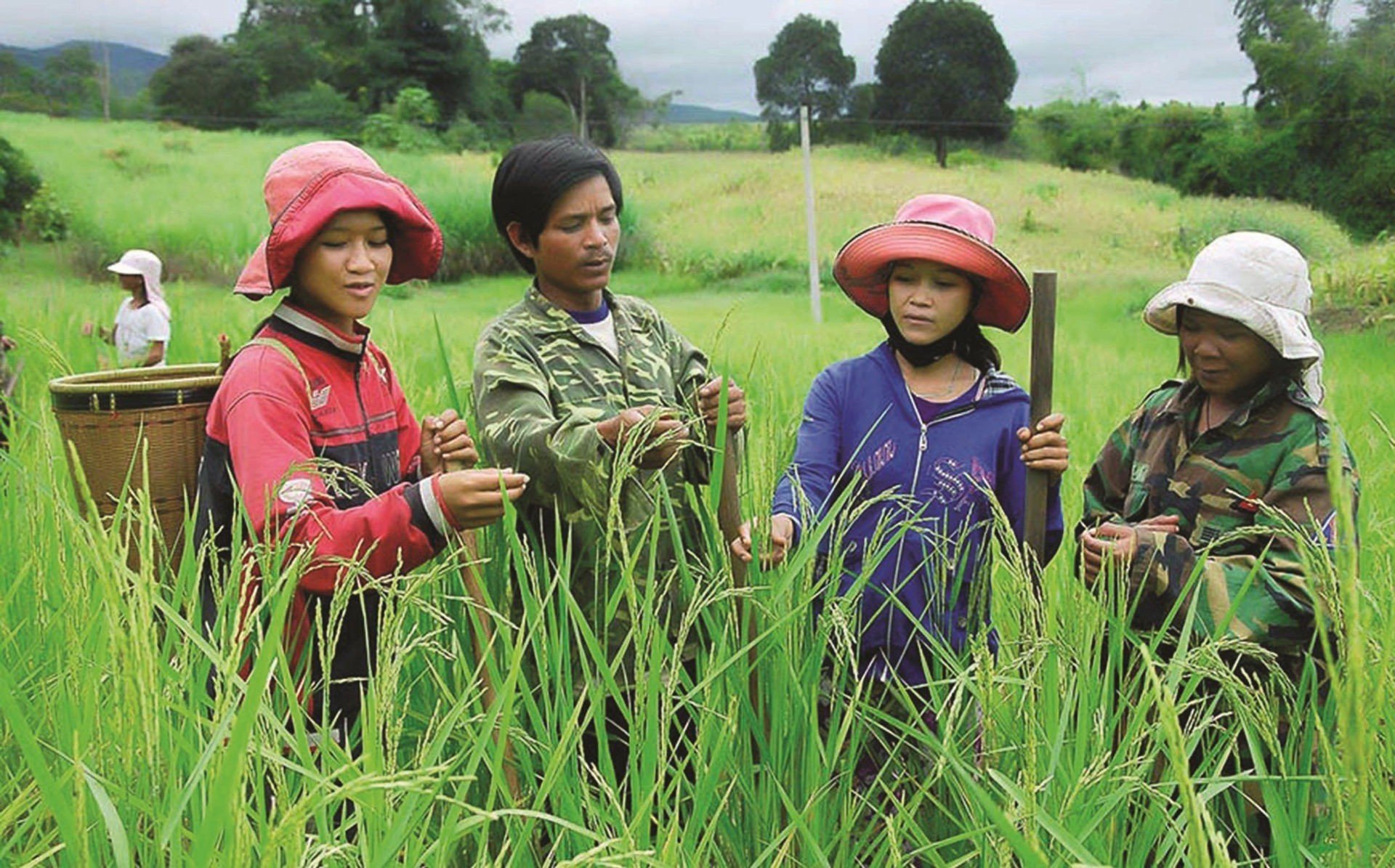
In the 2021 - 2025 period, Vietnam has achieved and exceeded the annual poverty reduction targets assigned by the National Assembly and the Government.
The numbers "talk"
In the 2021 - 2025 period, despite being heavily affected by the Covid-19 pandemic, natural disasters, storms and floods, Vietnam has persisted in changing its thinking and organizing implementation towards multidimensional poverty reduction, focusing on sustainable poverty reduction and preventing relapse into poverty, especially in areas frequently affected by natural disasters.
The Summary Report on the Implementation of the National Target Program on Sustainable Poverty Reduction for the 2021-2025 period shows that Vietnam has achieved and exceeded the annual poverty reduction targets assigned by the National Assembly and the Government . It is expected that by the end of 2025, the multidimensional poverty rate nationwide will be only about 1% - an impressive figure compared to the average reduction target of 1-1.5%/year. The poverty rate in poor districts will decrease to 24.86% (down 6.7%/year) and the poverty rate of ethnic minority households will decrease to 12.55% (down 4.45%/year).
Notably, the Program has invested in building 2,616 new infrastructure works and maintaining 2,340 works in poor districts and extremely disadvantaged communes in coastal and island areas. These efforts have helped 19/54 extremely disadvantaged communes in coastal and island areas meet new rural standards, exceeding the assigned target of 30% (reaching 35.18%). This significantly improves living conditions, supports production, trade, circulation of goods and provision of basic social services, contributing to narrowing the development gap between poor areas and other areas.
In addition, the Program has implemented 10,587 poverty reduction models and projects, attracting 205,585 households to participate. These models not only create sustainable livelihoods and increase income but also promote economic and labor restructuring in poor localities, from small-scale production to concentrated production, linked to value chains. Of which, 6,174 agricultural production support projects have helped 99,594 households improve farming methods, apply high technology, and improve productivity and product quality.
In particular, the Program helps improve the quality of life and social security, and address the shortage of basic social services. Accordingly, nearly 125,000 workers from poor, near-poor, and newly escaped-poverty households have been successfully supported in job connections, exceeding the minimum target of 100,000 workers. Nearly 6,300 job transactions have been organized and more than 1.1 million employers and nearly 3 million job seekers have had their information updated in the national database.
The rate of stunting among children under 16 years old has decreased to 26.43%, exceeding the target of under 34%. Nearly 200,000 children and nearly 130,000 pregnant women have been supported with micronutrient supplements.
By the end of August 2025, the Program will support the construction and repair of new houses for nearly 90,000 poor and near-poor households in poor districts. This is a positive contribution to the emulation movement "The whole country joins hands to eliminate temporary and dilapidated houses".
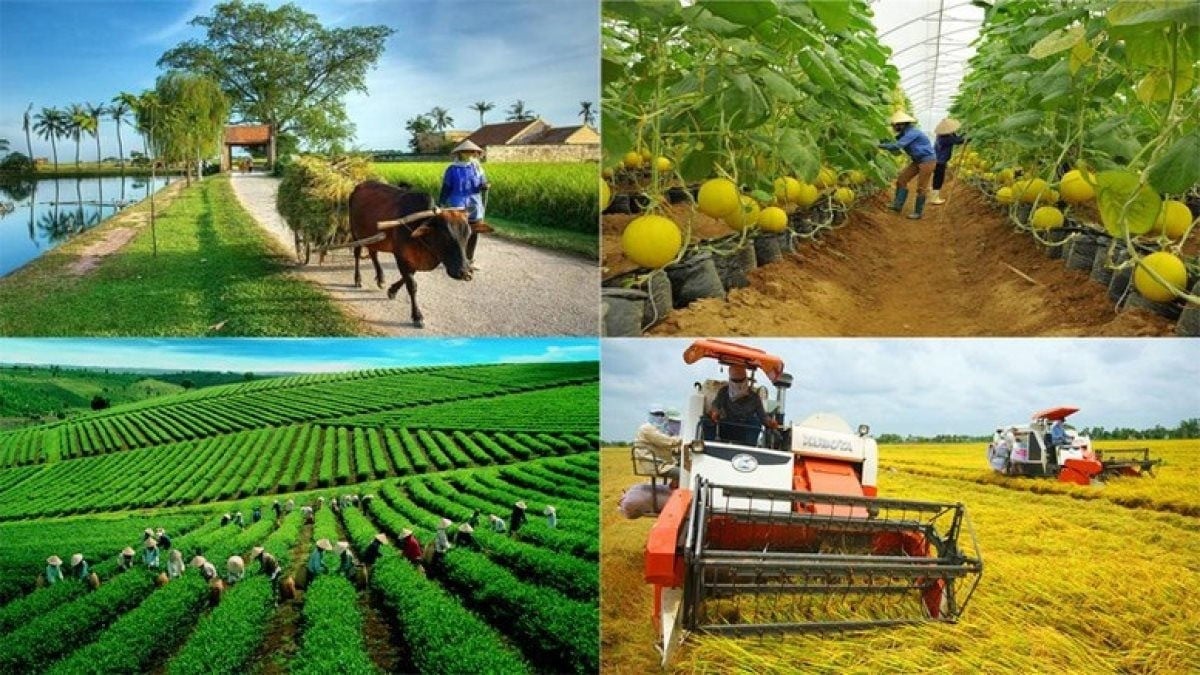
In recent times, sustainable poverty reduction models have had many innovations in both thinking and methods.
Many innovations in thinking and doing
To achieve the above outstanding results, Director of the Institute of Strategy and Policy on Agriculture and Environment, Ministry of Agriculture and Environment - Dr. Tran Cong Thang - said that in recent times, sustainable poverty reduction models have had many innovations in both thinking and methods, gradually shifting from direct support to giving "fishing rods" to people, encouraging the poor to proactively rise up, linking poverty reduction with production development, vocational training, livelihood transformation and new rural construction.
To date, Vietnam has issued national poverty standards eight times, being one of the first 30 countries in the world and the first country in Asia to apply multidimensional poverty standards - ensuring a minimum standard of living associated with sustainable development goals.
According to Mr. Thang, localities have based on actual conditions to have very diverse poverty reduction models, exploiting local advantages and resources. Those models have gone deep into solving the causes of poverty, linking production with the market, building value chains, and increasing the participation of poor households.
“The models with very flexible policies do not just stop at subsidizing and supporting production, but also through training, capacity building, supporting connections, building communities, providing policies to support production, credit, and effective markets. The policies also aim at sustainable production and sustainable poverty reduction. Poor households are also reorganized and guided together to escape poverty and get rich,” Mr. Thang pointed out.
Citing evidence from the elimination of temporary and dilapidated houses in the period of 2021 - 2025, Minister of Health - Ms. Dao Hong Lan - also emphasized: We have changed our thinking, methods, and implementation methods; established a Steering Committee from the Central to the communes and wards. Periodically, the Government and the Central Steering Committee for the elimination of temporary and dilapidated houses nationwide hold meetings to review and learn from experience. Most of the content is related to mobilizing resources from state budget savings and regular expenditure savings; excess budget revenue is also used for the elimination of temporary houses; the socialization of the business community and people. People in difficult circumstances also receive support from their families and the community in the process of implementing this goal.
“With a more focused approach, implemented synchronously from the central to local levels, mobilizing all resources for the work of eliminating temporary and dilapidated houses in the spirit as Prime Minister Pham Minh Chinh emphasized: "Whoever has something contributes, whoever has merit contributes, whoever has property contributes", we have implemented it very thoroughly. By September 2 - the 80th anniversary of the founding of the country, we had completed the elimination of temporary and dilapidated houses 5 years and 4 months ahead of the target set out in Resolution 42 with a total of 334,234 houses eliminated, with a total cost of nearly 50,000 billion VND" - Minister Dao Hong Lan stated.
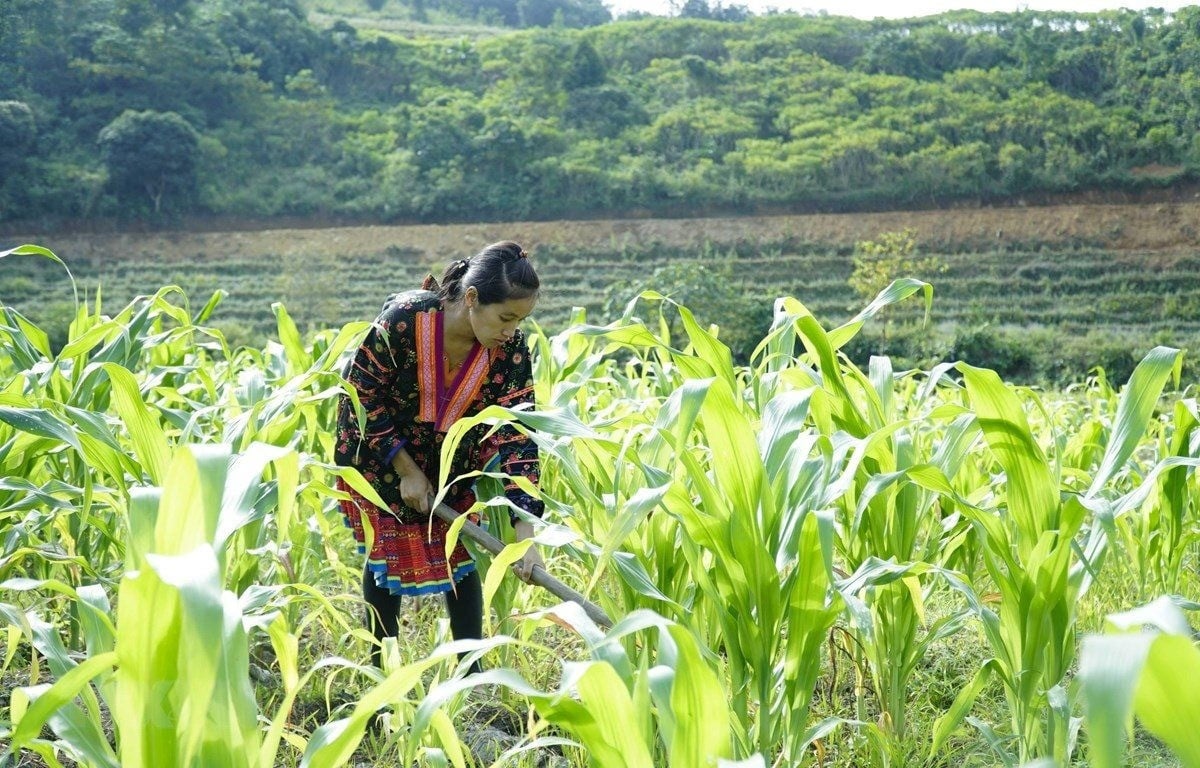
The biggest challenge to poverty reduction today is the risk from natural disasters, storms, floods, and epidemics.
Poverty reduction adapts to the new context
Although many positive results have been achieved, the reality shows that the biggest challenge to poverty reduction today is the risk from natural disasters, storms, floods, and epidemics. Some provinces have just completed the removal of temporary and dilapidated houses, but after just one storm, hundreds of households lost their homes, properties, and crops. Not only do poor households become poorer, but even near-poor and well-off households can become poor again overnight.
According to statistics from the Department of Climate Change, Ministry of Agriculture and Environment, in the period 2010 - 2020, the total damage caused by natural disasters in the Northern mountainous region reached more than 16,000 billion VND, greatly affecting the GRDP growth target, slowing down the progress of hunger eradication and poverty reduction and affecting the sustainable development of the locality.
Recognizing the increasing risks from natural disasters and epidemics, the Government has directed the integration of natural disaster and climate factors into the criteria for assessing and reviewing poor households. This approach is considered suitable for the new context, helping poverty reduction policies become more flexible, adaptive and humane.
In the 2026 - 2030 period, Vietnam will innovate its approach, shifting from "criteria-based poverty reduction" to "adaptive poverty reduction" in the new context. The content of the sustainable poverty reduction program will focus on three major groups of issues: supporting the development of socio-economic infrastructure in poor areas; reducing the deficits in basic social services according to the new poverty standards; and strengthening management, propaganda, and supervision to ensure effective implementation.
The Government report emphasized that in the 2026 - 2035 period, integrating the National Target Program on Sustainable Poverty Reduction with the New Rural Development Program is a strategic step, which will avoid duplication of policies, unify goals and concentrate resources, demonstrating new thinking in policy management: from support to empowerment, from subsidies to inclusive and sustainable development, from the state budget as the main source of capital to the role of seed capital, leading and creating movements. Therefore, the Government proposed that the National Assembly consider and approve the investment policy for the National Target Program on New Rural Development and Sustainable Poverty Reduction in the 2026 - 2035 period.
It can be affirmed that sustainable poverty reduction is not only an economic goal but also a profound social and humanitarian task, demonstrating Vietnam's commitment to building an inclusively developed country, where all people have the opportunity to escape poverty and enjoy the fruits of development. With a solid foundation and high determination of the whole system, Vietnam is getting closer to the goal of comprehensive poverty eradication, leaving no one behind.
baokiemtoan.vn
Source: https://baolaocai.vn/phia-sau-nhung-con-so-giam-ngheo-post885926.html



![[Photo] Ca Mau "struggling" to cope with the highest tide of the year, forecast to exceed alert level 3](https://vphoto.vietnam.vn/thumb/1200x675/vietnam/resource/IMAGE/2025/11/04/1762235371445_ndo_br_trieu-cuong-2-6486-jpg.webp)
![[Photo] Ho Chi Minh City Youth Take Action for a Cleaner Environment](https://vphoto.vietnam.vn/thumb/1200x675/vietnam/resource/IMAGE/2025/11/04/1762233574890_550816358-1108586934787014-6430522970717297480-n-1-jpg.webp)

![[Photo] The road connecting Dong Nai with Ho Chi Minh City is still unfinished after 5 years of construction.](https://vphoto.vietnam.vn/thumb/1200x675/vietnam/resource/IMAGE/2025/11/04/1762241675985_ndo_br_dji-20251104104418-0635-d-resize-1295-jpg.webp)
![[Photo] Panorama of the Patriotic Emulation Congress of Nhan Dan Newspaper for the period 2025-2030](https://vphoto.vietnam.vn/thumb/1200x675/vietnam/resource/IMAGE/2025/11/04/1762252775462_ndo_br_dhthiduayeuncbaond-6125-jpg.webp)




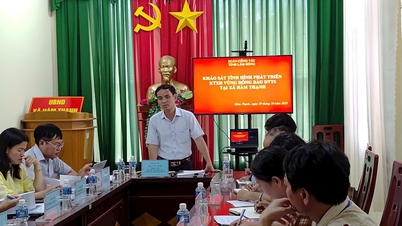



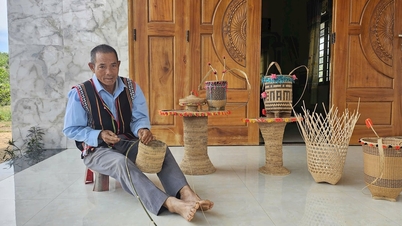
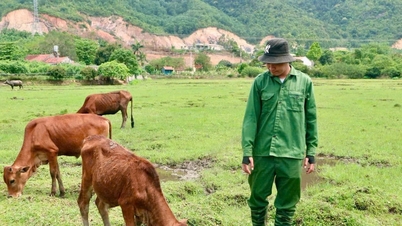
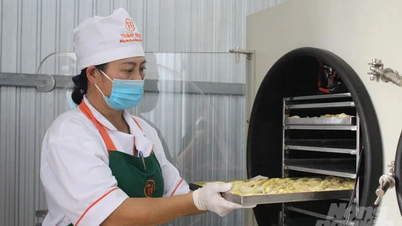
















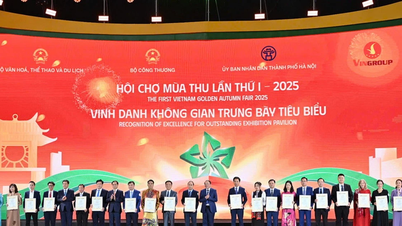




















































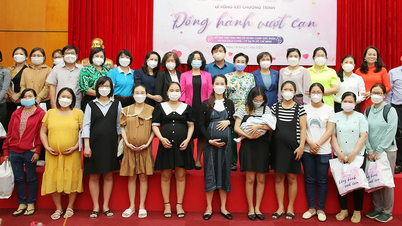





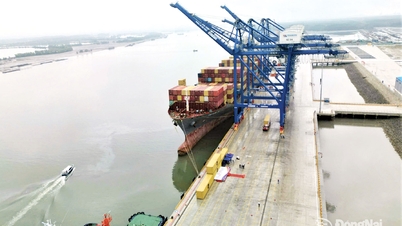















Comment (0)